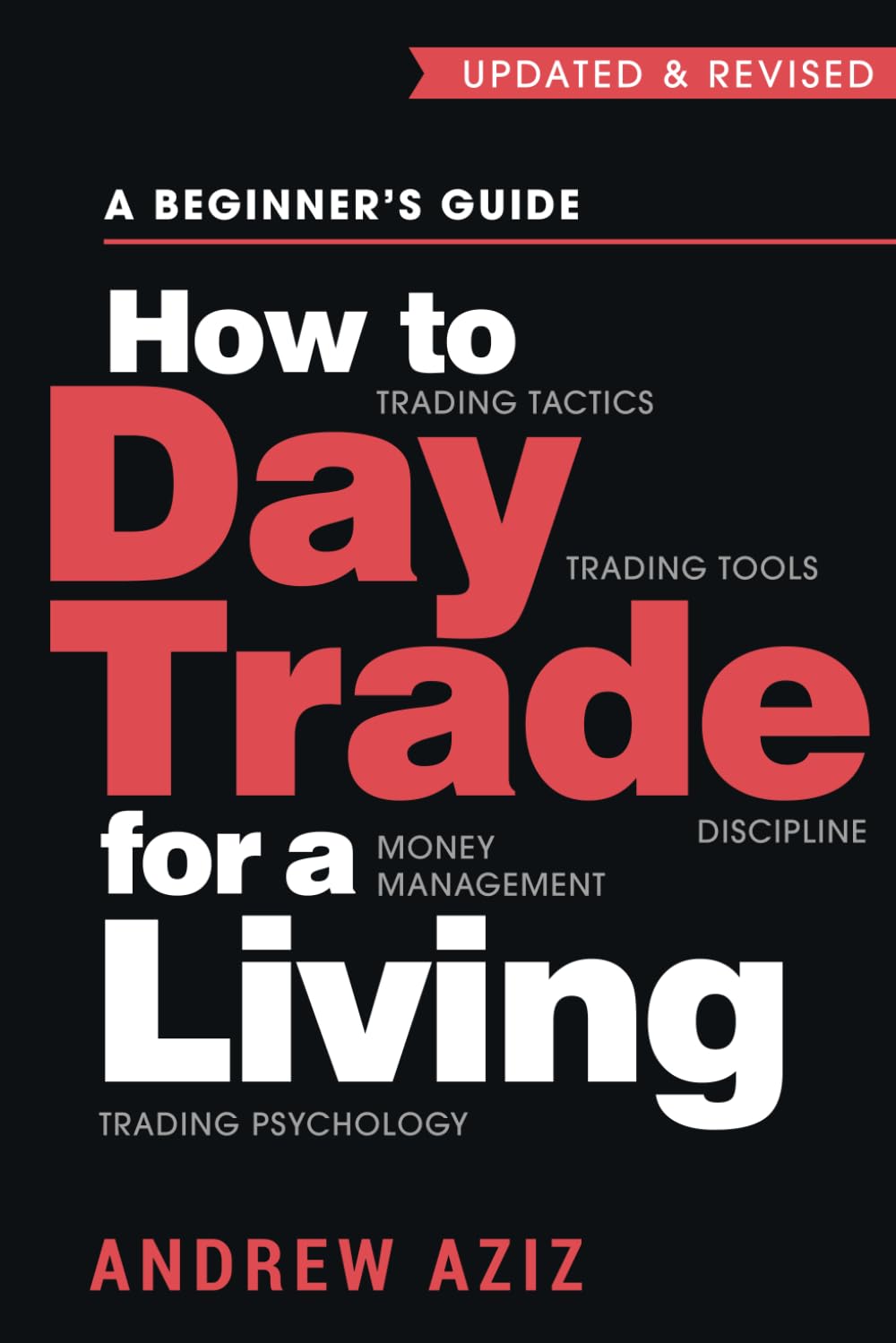I recently delved into Andrew Aziz’s "How to Day Trade for a Living: A Beginner’s Guide to Trading Tools and Tactics, Money Management, Discipline, and Trading Psychology." As someone who is both fascinated by the stock market and eager to explore trading, I found this book highly intriguing, especially given its reputation as a reputable guide for novices. I was looking for a resource that would provide clear insights without overwhelming me with jargon or unnecessary fluff.
From the outset, I appreciated how Aziz breaks down the fundamentals of day trading. He clearly explains what sets day trading apart from other investment styles, which is crucial for anyone stepping into this fast-paced arena. His assertion that simply reading a few books won’t make one a profitable trader resonates throughout the text. As he emphasizes, success requires ongoing practice, the right tools, and a strong foundation in trading strategies — all vital points, especially for beginners.
One of the major positives I found in the book was its clear writing style and structured approach. Aziz discusses various trading strategies, including ABCD Pattern Trading and Support and Resistance Trading, with practical examples that make the concepts accessible even for someone like me, who is just starting. Many readers, like Steve Burns, have echoed this sentiment, appreciating how the book is concise and to the point. It’s refreshing not to wade through endless anecdotes or personal stories — Aziz maintains focus on delivering actionable content.
Moreover, the book’s emphasis on the psychology of trading is invaluable. Aziz stresses that day trading isn’t just about executing trades; it’s also about mental preparation. His morning routine, which includes exercise and setting up for the day, inspired me to adopt a similar structure in my own day. Many readers, including Clara Hollin, related strongly to this sport-like analogy of trading and the requirement for discipline and analysis.
However, my experience wasn’t without its drawbacks. Although the book is advertised as comprehensive, I felt certain trading strategies could have been explored in greater depth. For instance, while the explanation of the VWAP Trading strategy was informative, more detailed case studies or scenarios would enrich the reader’s understanding. There could also be more visual aids accompanying the strategies; many readers have noted the benefit of added screenshots to enhance comprehension.
Additionally, as much as Aziz underscores the importance of technology and ongoing education, the book could do better in providing specific resources for those looking to broaden their study, particularly for any tools or simulations that he recommends. Notably, Alex’s review reflected a similar sentiment, where he appreciated the foundational knowledge but wished for an actionable roadmap to complement the theories presented.
In conclusion, "How to Day Trade for a Living" offers a solid foundation for anyone interested in day trading. Aziz presents essential knowledge and strategies in a digestible manner. While it excels in providing beginner-friendly content and motivating insights on mental discipline and preparation, a touch more depth on certain strategies and resources could elevate it even further. For novice traders looking to explore this field seriously, I wholeheartedly recommend starting here. The journey may be challenging, but with the principles laid out by Aziz, it appears entirely achievable. Overall, I’d rate the book a strong 4.5 out of 5 stars for its instructive tone, clear strategies, and motivational elements.








